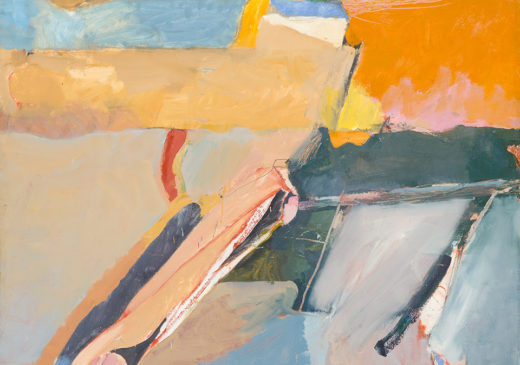
Richard Diebenkorn (artist)
Acerca de
Born in Portland, Oregon, Richard Diebenkorn moved as a child to San Francisco. At Stanford University, he studied studio art and art history and continued his studies on his own even while serving in the Marines during the last years of World War II. Returning to San Francisco he took advantage of the G.I. Bill to study at the California School of Fine Arts (C.S.F.A.) where among the artists he befriended was David Park. Ten years older, Park would have enormous influence on the direction of Diebenkorn’s career, most notably in his abandonment of abstraction for gestural representation in 1955. But that was in the future. During the late 1940s Diebenkorn was very much an apprentice painter, naturally inclined to gestural abstraction, but struggling to create a personal style in the continent-long shadow of the New York School. The artist encountered the paintings of the abstract expressionists while on a fellowship in Woodstock, N.Y., in 1946/47. Years later Diebenkorn singled out Franz Kline and Willem de Kooning as having especially impressed him. Returning to California, Diebenkorn accepted a teaching position at C.S.F.A. and settled in the then gritty bayside town of Sausalito.
De Wikipedia
contenido de la fuenteArtwork by Richard Diebenkorn

